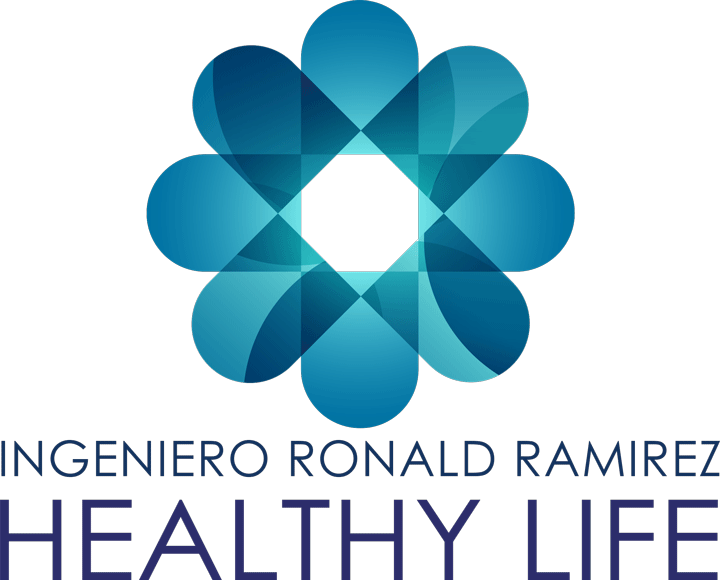
It was 1992 when Congress enacted the legislation that gave birth to the 340B Drug Pricing Program. The program’s original intent was to help healthcare providers stretch federal funds further so as to improve healthcare access among people whose financial situations otherwise hindered them. But in the 30 years since, 340B has become a bloated program that needs nothing short of a complete overhaul.
Like so many other government programs, 340B was worthwhile in its initial implementation. It represented a noble goal well worth achieving. The program was also simple enough to administer without the need for excessive government interference. But over time, participation grew exponentially. And with all this growth came more rules and regulations.
A Hard to Navigate Program
Hospitals and other healthcare providers enrolled in the 340B program will be the first to tell you that it is extremely hard to navigate. Participating providers, also known as covered entities, are required to verify their eligibility on an annual basis. They also need to follow stringent reporting requirements designed to prove compliance.
Covered entities are subject to audits by both the HRSA and pharmaceutical companies. Any lack of compliance uncovered during an audit could ultimately lead to a covered entity being dropped from the program. There may be financial penalties involved as well.
All of this is to say that covered entities struggle to navigate the 340B program on their own. That is why organizations like Ravin Consultants, a 340B consulting agency, exist. These organizations are consulting firms that offer 340B program assistance, mock audits, compliance assistance, and help with program implementation. Would their services still be necessary if the program were overhauled?
Accusations on Both Sides
Adding fuel to the fire are accusations on both sides of the 340B equation. Covered entities, consulting firms, and an army of industry experts claim that pharmaceutical companies are trying to scuttle the 340B program to increase their profits. They claim pharmaceutical companies arbitrarily deny discounts to covered entities because they do not want to lose money on discounted drugs.
On the other hand, pharmaceutical companies accuse covered entities of using the 340B program to increase their own profits. They claim covered entities are pocketing the savings rather than actually investing it in providing better access to underserved communities. Pharmaceutical companies are especially wary of covered entities that rely on multiple contracted pharmacies over which they claim there is little accountability.
Both sides offer valid complaints. They also justify their respective positions quite nicely. The problem is the two sides are both right and wrong at the same time. And why is that? Because the 340B Drug Pricing Program has become too complicated for its own good.
Arbitrary and Ambiguous
Though it might seem hard to believe, the rules governing the 340B program are simultaneously arbitrary and ambiguous. There are certain rules that seem to exist just because someone wanted to put them in place. There are other rules that are so ambiguous as to be left up to individual interpretation. A recent court decision on the definition of a ‘patient’ is proof of that. How hard can it be to define a patient under the law?
The long and short of it is that 340B worked well in its initial iteration. It no longer works well today. Between ambiguous rules, plenty of litigation, and no shortage of covered entities saving millions of dollars on discounted medications, there is plenty of room for problems. Congress needs to step in and overhaul the program so as to bring it up to date with the state of healthcare in the 21st century.


